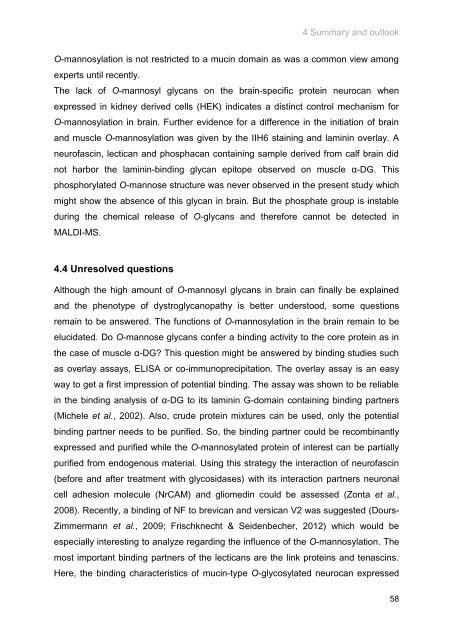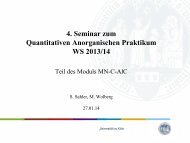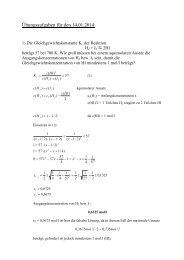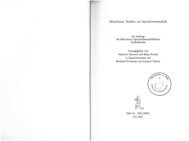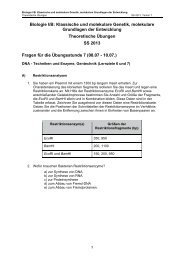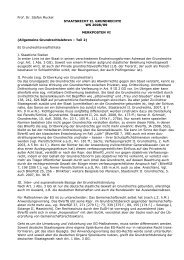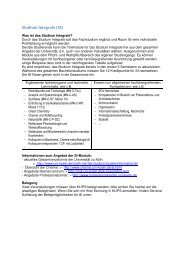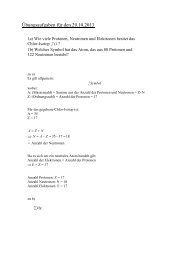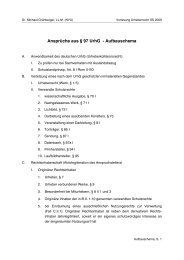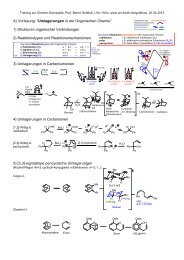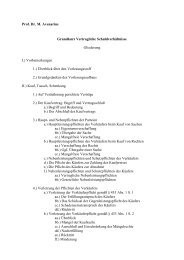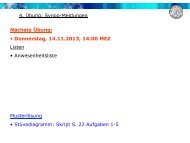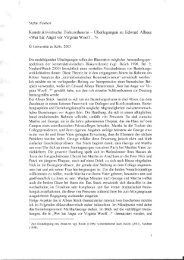full text - Universität zu Köln
full text - Universität zu Köln
full text - Universität zu Köln
You also want an ePaper? Increase the reach of your titles
YUMPU automatically turns print PDFs into web optimized ePapers that Google loves.
4 Summary and outlook<br />
O-mannosylation is not restricted to a mucin domain as was a common view among<br />
experts until recently.<br />
The lack of O-mannosyl glycans on the brain-specific protein neurocan when<br />
expressed in kidney derived cells (HEK) indicates a distinct control mechanism for<br />
O-mannosylation in brain. Further evidence for a difference in the initiation of brain<br />
and muscle O-mannosylation was given by the IIH6 staining and laminin overlay. A<br />
neurofascin, lectican and phosphacan containing sample derived from calf brain did<br />
not harbor the laminin-binding glycan epitope observed on muscle α-DG. This<br />
phosphorylated O-mannose structure was never observed in the present study which<br />
might show the absence of this glycan in brain. But the phosphate group is instable<br />
during the chemical release of O-glycans and therefore cannot be detected in<br />
MALDI-MS.<br />
4.4 Unresolved questions<br />
Although the high amount of O-mannosyl glycans in brain can finally be explained<br />
and the phenotype of dystroglycanopathy is better understood, some questions<br />
remain to be answered. The functions of O-mannosylation in the brain remain to be<br />
elucidated. Do O-mannose glycans confer a binding activity to the core protein as in<br />
the case of muscle α-DG? This question might be answered by binding studies such<br />
as overlay assays, ELISA or co-immunoprecipitation. The overlay assay is an easy<br />
way to get a first impression of potential binding. The assay was shown to be reliable<br />
in the binding analysis of α-DG to its laminin G-domain containing binding partners<br />
(Michele et al., 2002). Also, crude protein mixtures can be used, only the potential<br />
binding partner needs to be purified. So, the binding partner could be recombinantly<br />
expressed and purified while the O-mannosylated protein of interest can be partially<br />
purified from endogenous material. Using this strategy the interaction of neurofascin<br />
(before and after treatment with glycosidases) with its interaction partners neuronal<br />
cell adhesion molecule (NrCAM) and gliomedin could be assessed (Zonta et al.,<br />
2008). Recently, a binding of NF to brevican and versican V2 was suggested (Dours-<br />
Zimmermann et al., 2009; Frischknecht & Seidenbecher, 2012) which would be<br />
especially interesting to analyze regarding the influence of the O-mannosylation. The<br />
most important binding partners of the lecticans are the link proteins and tenascins.<br />
Here, the binding characteristics of mucin-type O-glycosylated neurocan expressed<br />
58


